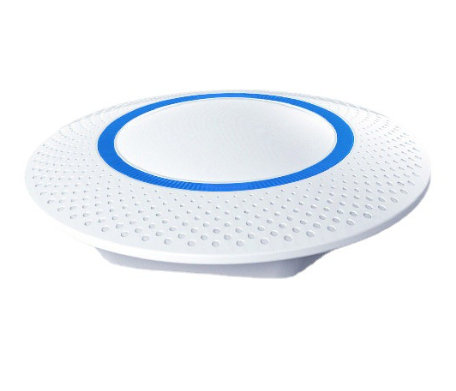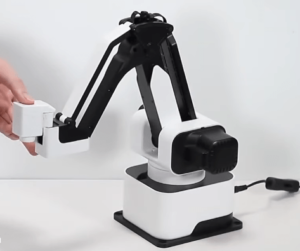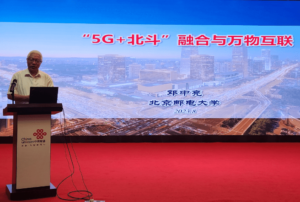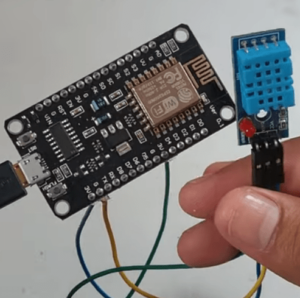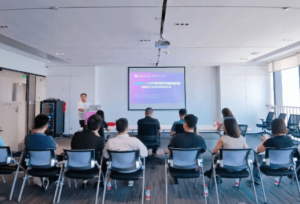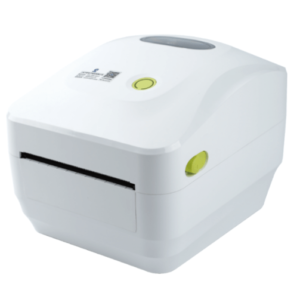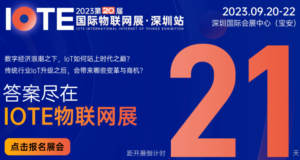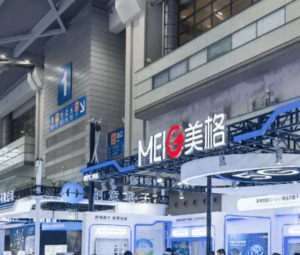Tölvupóstur: anwenqq2690502116@gmail.com
Gerðu byltingu í greininni með Internet of Things. Internet hlutanna (IoT) is not a new technology, and the history of IoT dates back to the early days of the telecommunications and networking industry.
Gerðu byltingu í greininni með Internet of Things
Even before the term "Internet hlutanna" was coined, the industry was already exploring the concept of managing (net) devices and "elements" that help build the infrastructure of the Internet.
The Simple Network Management Protocol (SNMP) was defined in the 80s of the 20th century and determined a standard approach to defining the parameters that can be managed on devices (MIB - Management Information Base) and how these devices can be managed centrally (Network Operations Center).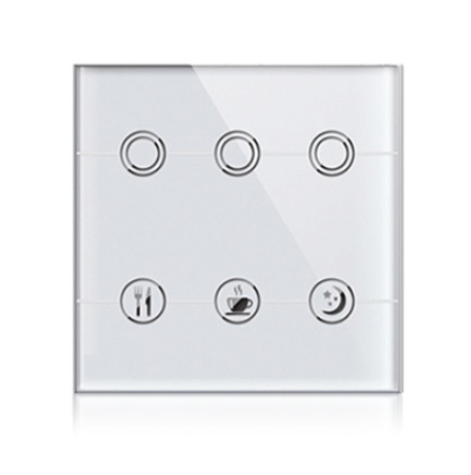
Intelligent gateway IoT control system manufacturer - Gerðu byltingu í greininni með Internet of Things
The TMN stack has seen how the telecom industry is moving up the value chain, from managing the "hlutir" that build the Internet to providing value-added services and inventing new business models.
We also understand how the IoT iðnaður is evolving from M2M (machine-to-machine), brún tölvuvinnslu, industrial N.0 adoption, skýjapallur, and related ecosystems consisting of data engineering, stór gögn, gervigreind, and data science.
As we learn more about IoT applications and various use cases, it's easy to understand that IIoT is still in its very early stages.
Industries can follow a step-by-step process to ensure that the Internet of Things is fully utilized to provide new and differentiated product lines and services.
Starting with device/thing management, followed by the staggered integration of network and service management, should eventually lead to disruptive ideas and see newer business offerings.
A well-designed IoT-based business fulfillment platform can provide scale for business growth.
According to Statista's India IoT Report, IoT is currently expected to witness significant growth, reaching a CAGR of 17.05% af 2028.
The market revenue is expected to reach $27.31 billion by the end of this year, with the Industrial Internet of Things being the dominant force with an estimated market size of $9.67 milljarða.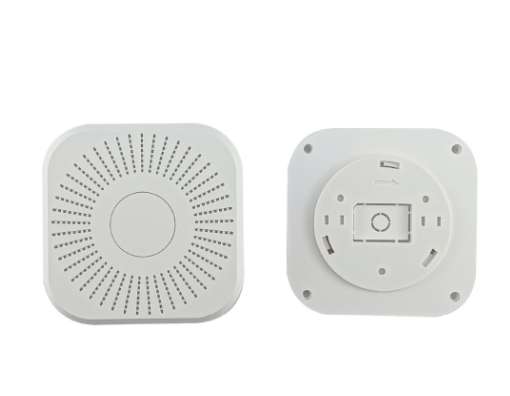
Intelligent air sensing, light sensing, smoke sensing, air quality PM2.5 environmental detector
Seamless performance management for IoT
The Internet of Things opens up several new avenues for performance management. Today, a connected network of devices and sensors can collect real-time data from the physical world, providing valuable insights to organizations. This data encompasses a wide range of parameters that enable businesses to gain deeper visibility, make data-driven decisions, and drive innovation across industries.
By leveraging the insights gained from IoT-driven performance management, organizations can take transformative action. It optimizes processes, improves operational efficiency, reduces costs, and unlocks new opportunities.
Til dæmis, predictive maintenance based on IoT data enables businesses to proactively schedule maintenance activities, minimize downtime, and maximize the life of equipment.
Auk þess, IoT-driven performance management enables organizations to make data-driven decisions that drive innovation, sustainable business growth, and help seize new opportunities for success.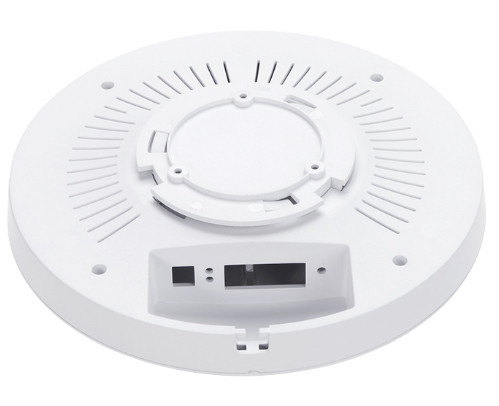
Water drop circular wireless router sensor bridge ceiling AP shell male mold
By analyzing historical and real-time data, businesses can identify trends, anticipate market needs, and develop new products and services tailored to customer needs.
These data-driven decisions enable organizations to remain competitive in a rapidly evolving market and foster a culture of continuous improvement.
Integrate legacy devices and IoT
Revolutionizing the Internet of Things and integrating it with a performance management framework requires businesses to use legacy devices effectively. By integrating legacy devices into the IoT ecosystem, businesses can unlock new possibilities for performance management.
The integration of IoT and performance management frameworks enables businesses to collect real-time data, monitor performance metrics, and make data-driven decisions. This helps organizations move up the value chain by ensuring the quality of the services and product lines offered:
Retrofits and sensor integration: Businesses can retrofit existing legacy devices using IoT sensors and modules for connectivity and data collection. This approach allows businesses to leverage existing infrastructure and extend the capabilities of legacy equipment without completely replacing them.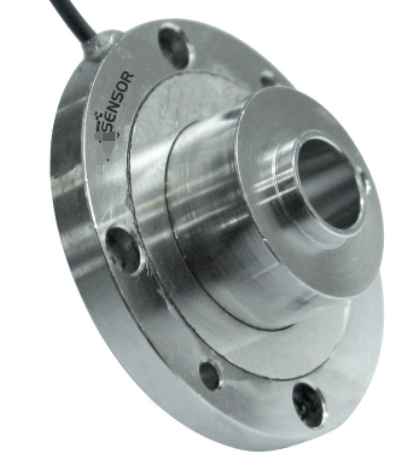
China Pressure Sensors - IoT Medical Device Force Sensors
Gateway solutions: Deploying gateway devices can act as an intermediary between traditional devices and IoT networks. These gateways enable legacy devices to connect to the IoT ecosystem with their native protocols and facilitate data transfer and integration with performance management frameworks.
Edge computing: Leveraging edge computing capabilities can enhance the performance and efficiency of traditional devices. By processing data at the edge of the network, enterprises can reduce latency, minimize data transfer costs, and enable real-time critical decisions, even with legacy devices. Cloud integration: Leveraging cloud platforms and services can provide scalability and flexibility when managing legacy devices in the IoT ecosystem.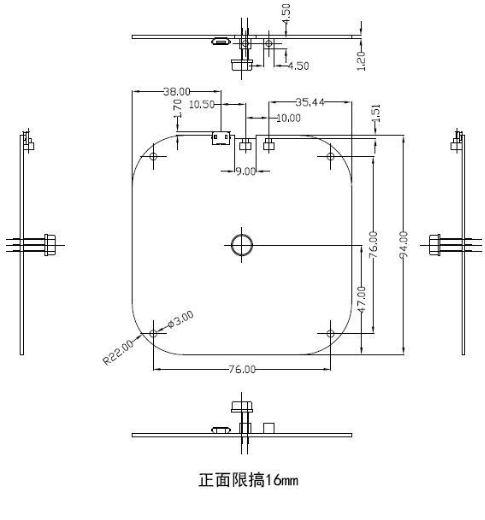
Intelligent air quality PM2.5 environmental detector product design drawing
Cloud-based solutions enable data storage, analytics, and integration with performance management frameworks, enabling businesses to gain valuable insights and optimize performance.
Auk þess, IoT and its associated digital technologies offer tremendous benefits at all stages of the industrial cycle, proppelling organizations towards the era of Industry N.0.
Here are the key areas where IoT plays a key role in driving transformation:
1. Manufacturing: Organizations can make significant advances by tightly integrating IoT data with manufacturing execution systems (MES), product lifecycle management (PLM), and other digital manufacturing systems.
2. Raw material supply chain and inventory management: IoT facilitates the tracking and tracing of raw materials through digital labels, enabling organizations to understand the supply chain in real time.
With IoT-enabled supply chain management, businesses can streamline operations and improve responsiveness to market demands.
3. Project execution and on-site processes: IoT facilitates project execution by providing valuable data and insights.
By monitoring various parameters in real time, organizations can effectively manage projects within defined parameters and ensure compliance with schedules and budgets.
4. Remote management of customer assets: IoT enables organizations to remotely monitor and manage customer assets, providing proactive maintenance and support. With real-time data collection and analysis, organizations can predict problems, perform remote diagnostics, and implement condition-based management strategies.![]()
Staðsetning innandyra breitt umfang IoT - Smart Gateway iBeacon merkjasafnari - Bluetooth gátt
5. Digital twin: The Internet of Things facilitates the creation of digital twins, which are virtual representations of physical assets or systems.
By establishing a two-way IoT channel, organizations can synchronize state models between physical and virtual entities in near real time.
6. Maintenance, repair and operations (MRO): IoT plays a vital role in MRO services by providing comprehensive track and trace capabilities for components.
With IoT-enabled systems, organizations can ensure the integrity of the bill of materials (BoM) during the dismantling and restructuring of large industrial assets.
Allt í allt, IoT adoption, driven by business needs, has the potential to revolutionize industries and businesses.
It transforms revenue and cost models, improves service quality and availability, enables scalability, and ensures end customer satisfaction within acceptable service level agreements.
Powerful industry-native digital platforms can introduce disruptive business models and spark a race for innovation.
By embracing IoT and harnessing its potential, organizations can unlock new opportunities, drive growth, and achieve long-term success in a changing environment.

